Introduction
The aim of the course was to explore three digital fabrication techniques. The seminar structured in the form of a workshop included, for each manufacturing technique, an introductory lesson to the method and to the machine in which we were able to actively experiment, with trials and tests, the limits and potential of each machine. After that, the second phase involved a week of development of a specific concept for each machine whose common denomination was that of designing discrete elements that can be aggregated in a recursive geometry. The form of the seminar allowed us to quickly and effectively understand the pros and cons of each method as well as the limits and potential of the machinery, giving us the bases and the skills to understand which fabrication technique is suitable for a specific project rather than to another.
3d printing
The first fabrication method explored during the seminar was the 3d printing. Preliminary stages of our design began with sketches of a pyramid shape to resemble a truss module. This idea was further developed into two connected and symmetrical pyramids. These pyramids were connected by a rod in order to become a recursive geometry that could be stretched infinitely. The final geometries that were designed are symmetrical and recursive for two directions, it allows for infinite stretching of the shape. The form is modeled out of a simple truss system with 6 triangle modules.
Technical information
Material: Z-ABS
Machine: Zotrax M200
Total number of nodes: 16
Total print time: 4h 04m
Total material quantity: 19g
Layer thickness: 0,19mm
Support type, angles and specifications: Automatic, 31°
Infill type, percentage, & pattern: Normal, 30%, Patt. 2 (honeycomb)
Seam: Normal
Mesh errors and fixes: No errors
Recursive geometry
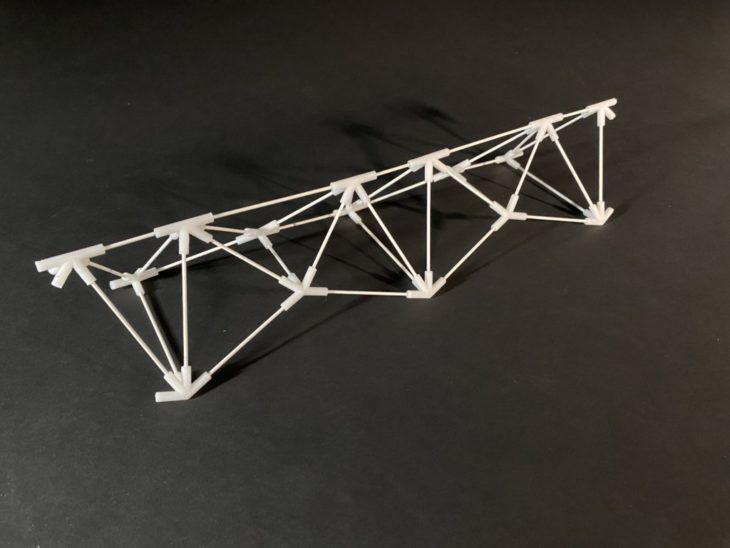
Digital exploration
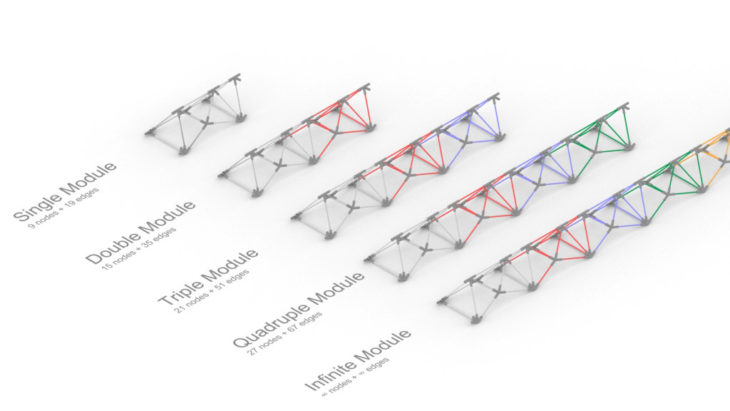
CNC Milling
For the CNC milling fabrication technique we were inspired by the honeycomb shape and the pattern resulting from the sectioning action of beekeeping boxes that generate an interesting play of solids and voids. We wanted to combine these two elements in our project, also taking into account the possible variations generated by the pattern and for this reason the result consists of two tiles, one concave and one convex, therefore different in shape, but perfectly overlapping.
Technical information
Material: MDF
Machine: Raptor
Workpiece volume: 150x150x30mm
Total mill time: 23 mins
Engraving & profiling
Upcut Mill 6mm
Spindle Speed: 12000
Cut Direction: Upcut
Horizontal Roughing
Upcut Mill 6mm
Spindle Speed: 18000
Cut Direction: Upcut
Step-down Control (dZ):50%
Stepover Distance: 40%
Parallel Finishing
Ball Mill 6mm
Spindle Speed: 18000
Cut Direction: Mixed
Stepover Control: 20%
Recursive geometry
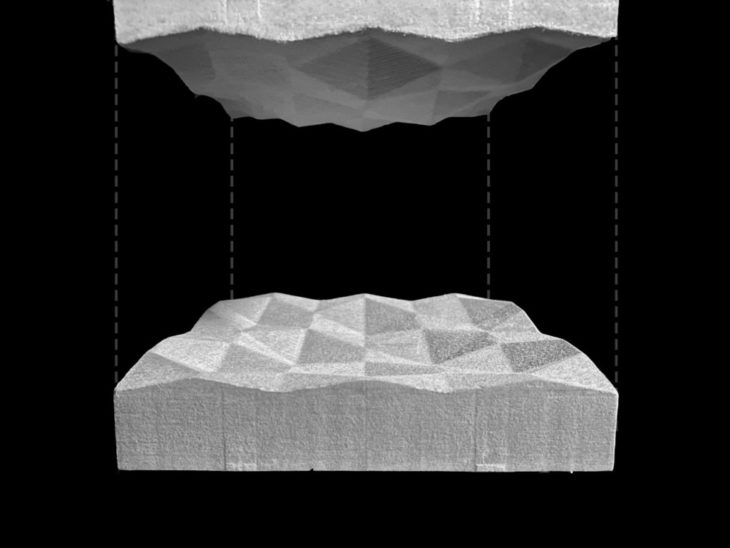
Digital exploration
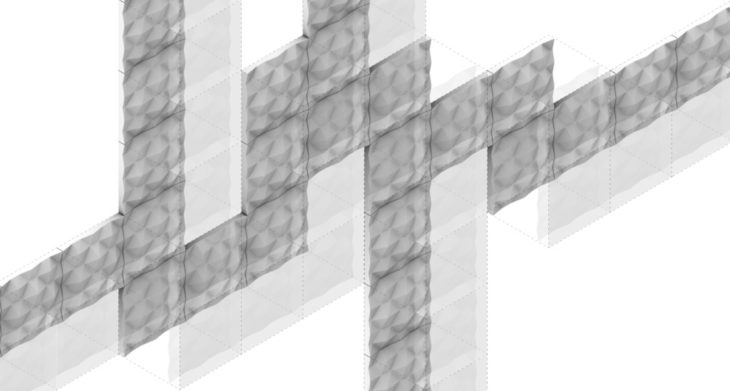
Laser Cutting
Technical information
Material: Polypropylane 1.2 mm
Machine: Rayjet 500
Total cutting time: 23 mins
Total number of pieces: 111
Joinery type: halved
Recursive geometry
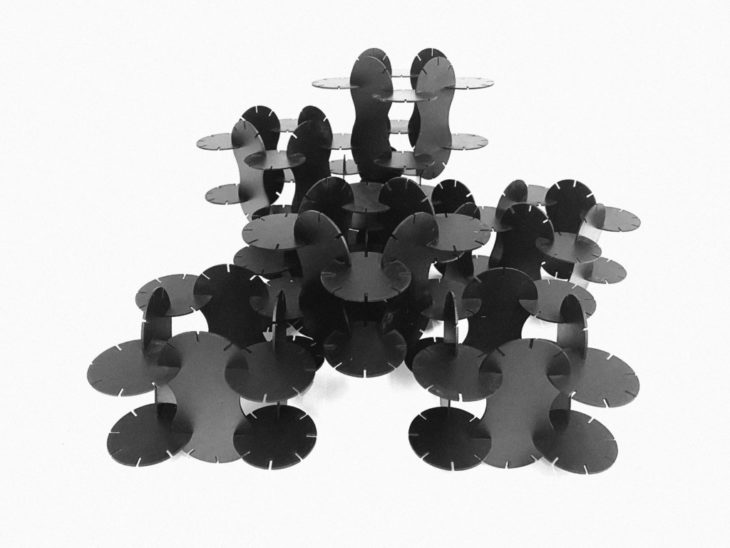
Digital exploration
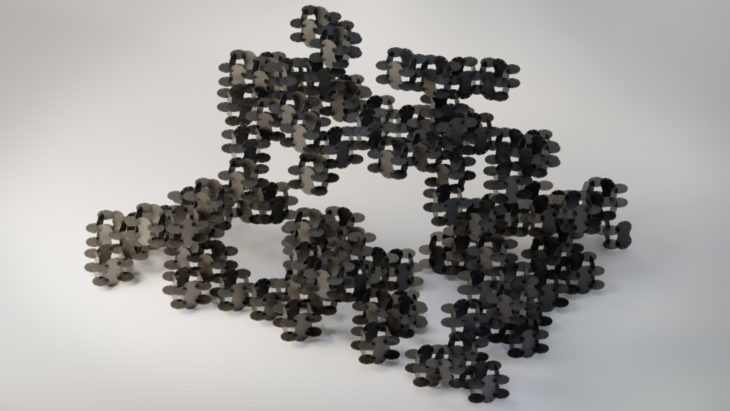
Introduction to Digital Fabrication G21 is a project of IAAC, Institute for Advanced Architecture of Catalonia developed at Master in Advanced Architecture in (2021) by:
Students: Emily Bishop, Angelo Desole, Sarjak Rakholiya
Faculty: Ricardo Mayor, Lana Awad, Shyam Francesco Zonca